- Have any questions?
- +86-189 8930 5995
- sales@mosinterchem.com.cn
Gentian Violet CAS 548-62-9

Thymol Blue CAS 76-61-9
21/12/2018
Alizarin yellow GG CAS 584-42-9
21/12/2018| Model: | MOS 548-62-9 |
| Brand Name: | MOSINTER |
| CAS No.: | 548-62-9 |
| Brand: | MOSINTER |
| Molar mass: | 407.979 g/mol |
| Melting point: | 205 °C (401 °F; 478 K) |
| Molecular formula: | C 25N 3H 30Cl |
| Alias: | Gentian Violet |
Gentian Violet (CAS: 548-62-9)
| Item | Index |
| Appearance | Dark green powder |
| Melting point ℃ | 205 |
| Flash point ℃ | 40 |
| Water solubility(g/l) | 16 |
Basic Information
Crystal violet or gentian violet (also known as methyl violet10B, hexamethyl pararosaniline chloride,
or pyoctanin(e)) is a triarylmethane dye. The dye is used as a histological stain and in Gram’s
method of classifying bacteria. Crystal violet has antibacterial, antifungal, and anthelminticproperties and
was formerly important as a topical antiseptic. The medical use of the dye has been largely superseded by
more modern medicine, although it is still listed by the World Health Organization.
Preparation
A number of possible routes can be used to prepare crystal violet. The original procedure developed by Kern
and Caro involved the reaction ofdimethylaniline with phosgene to give 4,4′
bis(dimethylamino)benzophenone (Michler’s ketone) as an intermediate. This was then reacted with additional
dimethylaniline in the presence of phosphorus oxychloride and hydrochloric acid.
The dye can also be prepared by the condensation of formaldehyde and dimethylaniline to give a leuco dye:
CH2O + 3 C6H5N(CH3)2 → CH(C6H4N(CH3)2)3 + H2O
Second, this colourless compound is oxidized to the coloured cationic form:
(A typical oxidizing agent is manganese dioxide).
CH(C6H4N(CH3)2)3 + HCl + 1/2 O2 → [C(C6H4N(CH3)2)3]Cl + H2O
Applications
Crystal violet is not used as a textile dye. Instead it is used to dye paper and as a component of navy blue and
black inks for printing, ball-point pens and ink-jet printers. It is also used to colourize diverse products such
as fertilizers, anti-freezes, detergents, and leather jackets.
The dye is also used as a histological stain, particularly in Gram’s method for classifying bacteria.
When conducting DNA gel electrophoresis, crystal violet can be used as a non-toxic DNA stain as an alternative
to fluorescent, intercalating dyes such asethidium bromide. Used in this manner it may be either incorporated into
the agarose gel or applied after the electrophoresis process is finished. Used at a 0.001% concentration and allowed
to stain a gel after electrophoresis for 30 minutes, it can detect as little as 16ng of DNA. Through use of amethyl
orange counterstain and a more complex staining method, sensitivity can be improved further to 8 ng of DNA.
When crystal violet is used as an alternative to fluorescent stains, it is not necessary to use ultraviolet illumination;
this has made crystal violet popular as a means of avoiding UV-induced DNA destruction when performing
DNA cloning in vitro.
Gentian violet has antibacterial, antifungal, and anthelmintic properties.[10] It is used medically for these
properties, in particular for dentistry, and is also known as “pyoctanin” (or “pyoctanine”),It is commonly used for:
1.Marking the skin for surgery preparation and allergy testing
2.Tinea; e.g. athlete’s foot, jock itch, and ringworm
3.Candida albicans and related infections; e.g. thrush, yeast infections
4.Mouth ulcers
5.Impetigo, used primarily before the advent of antibiotics, but still useful to persons who may be allergic to penicillin.
Adverse reactions
1.Can irritate the mucous membrane, can cause contact dermatitis
2.When face with ulcerative damage should be careful, otherwise can cause the skin color.
3.To treat thrush, only in the affected area coated, such as the solution to swallow, can lead to esophagitis, laryngitis.
4.Should not be coated after seal packages
You must be logged in to post a review.

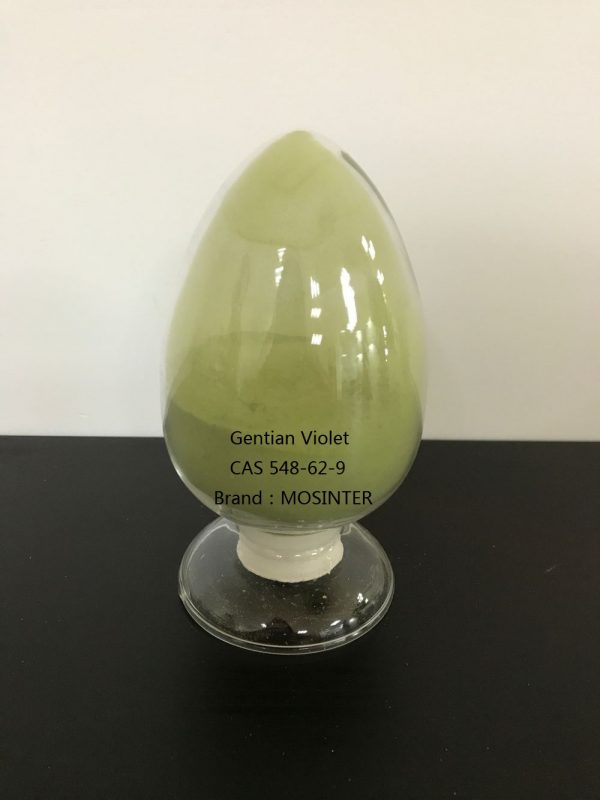
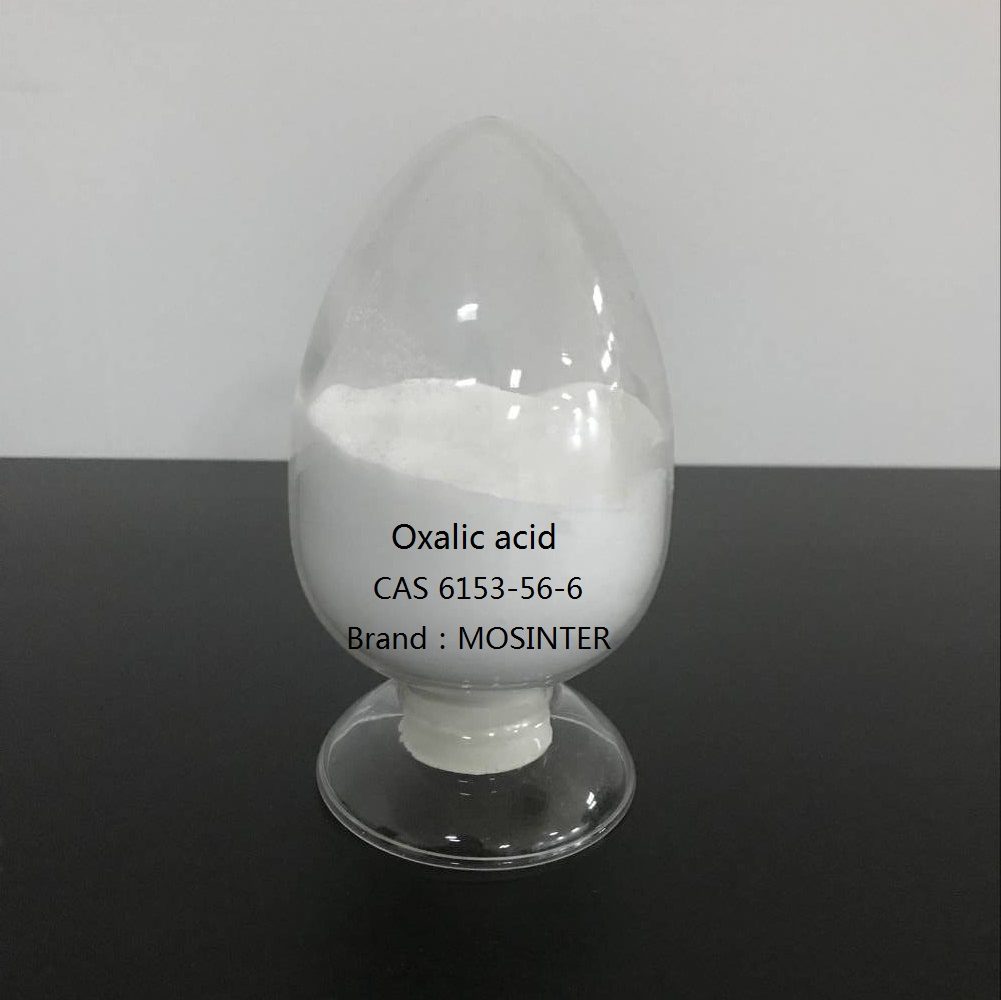
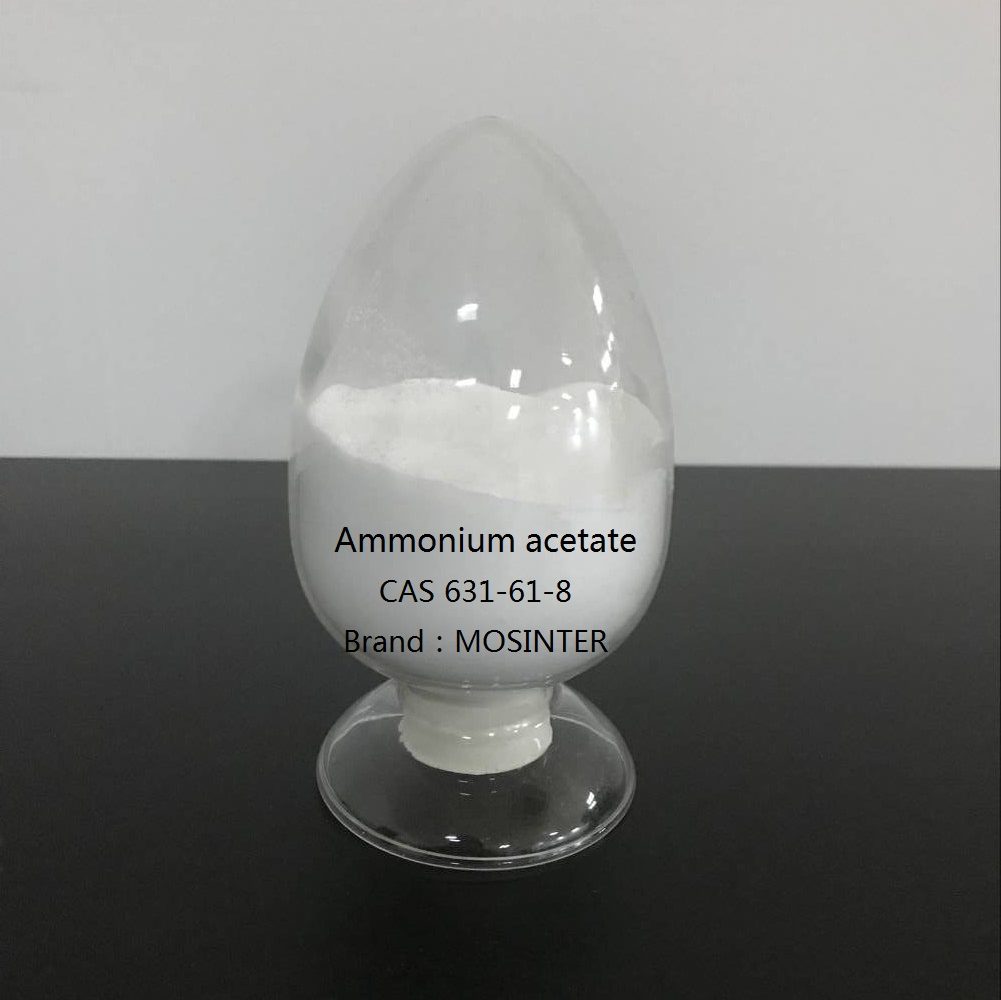
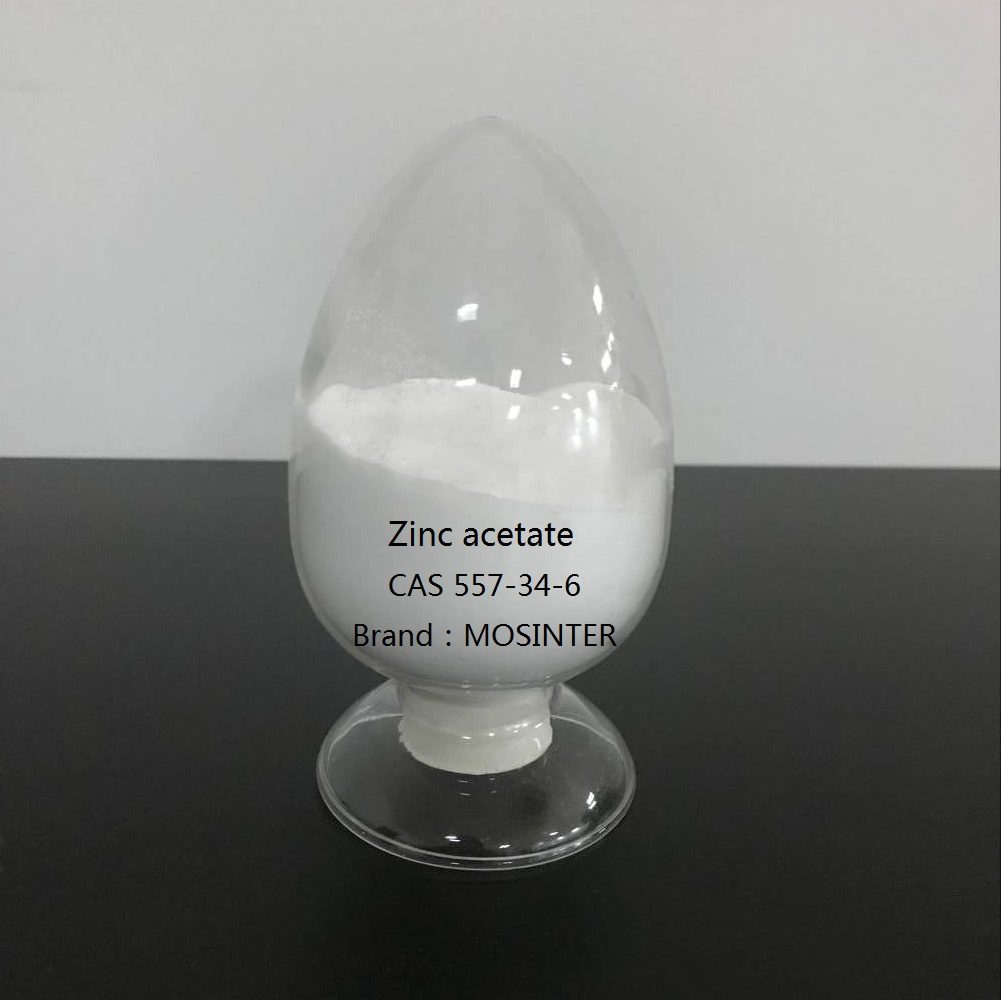
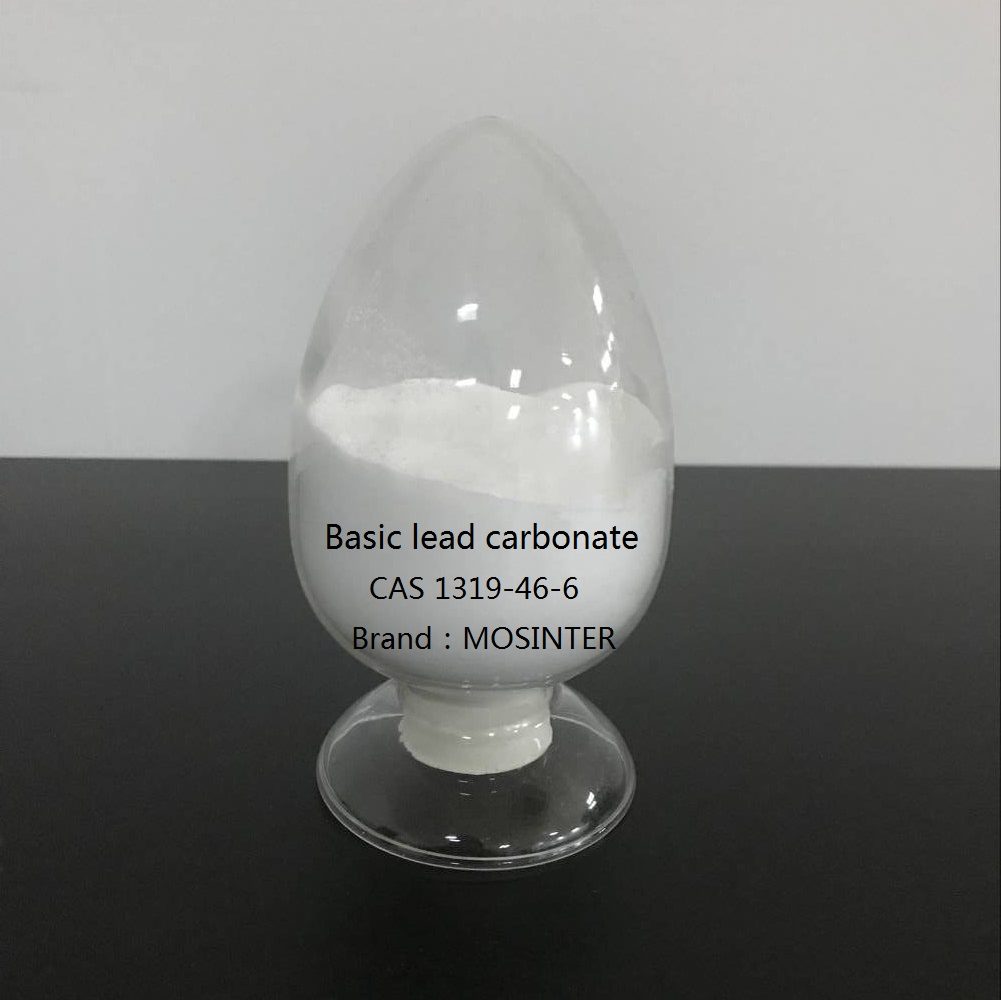
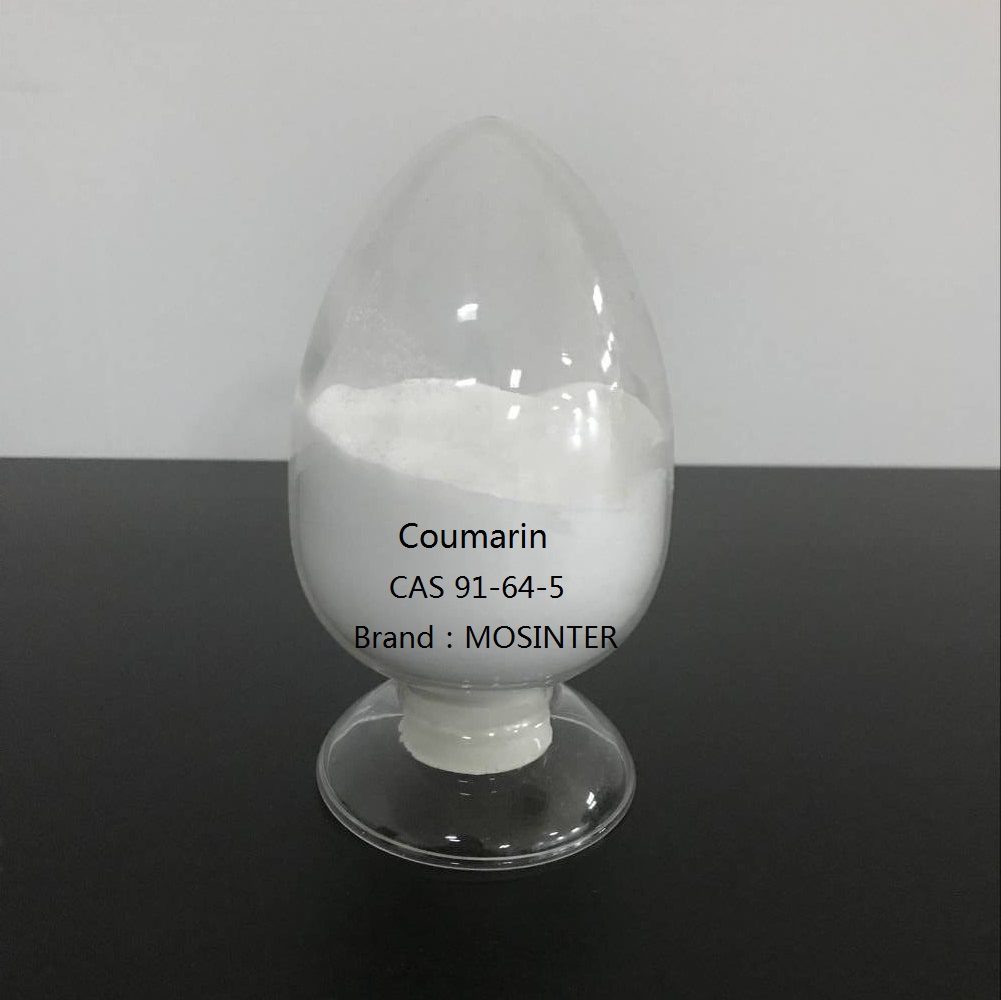
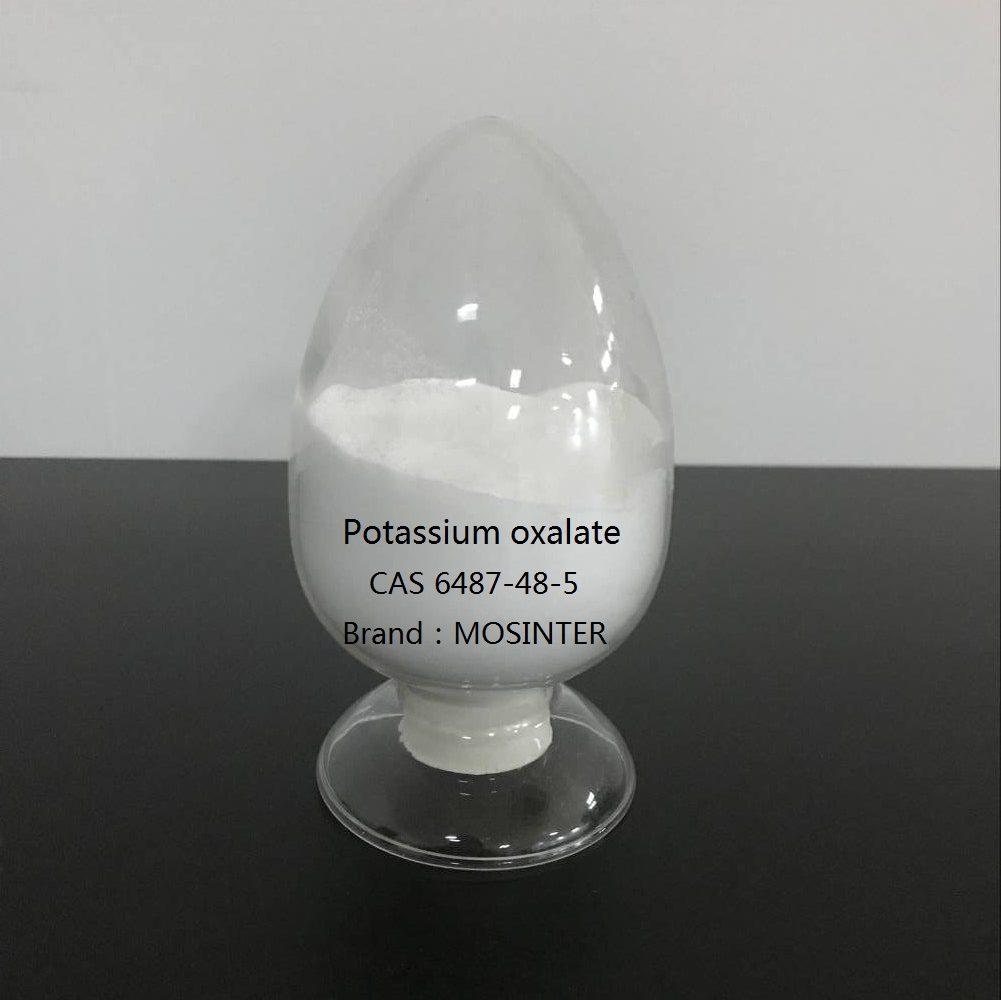
Reviews
There are no reviews yet.